1. Maori Kirituhi Tattoo
The Maori Kirituhi tattoo originates from the indigenous Maori people of New Zealand and is a powerful representation of cultural identity, history, and spirituality. The intricate designs, known as moko, are traditionally applied to the face and body, often using patterns that symbolize one’s genealogy, social status, and personal achievements. The Kirituhi tattoo, meaning “skin art,” is a modern adaptation that incorporates Maori design elements for non-Maori people, respecting the cultural significance while allowing personal expression. These tattoos are characterized by bold, swirling patterns and geometric shapes, reflecting the natural world and the wearer’s connection to their ancestry.
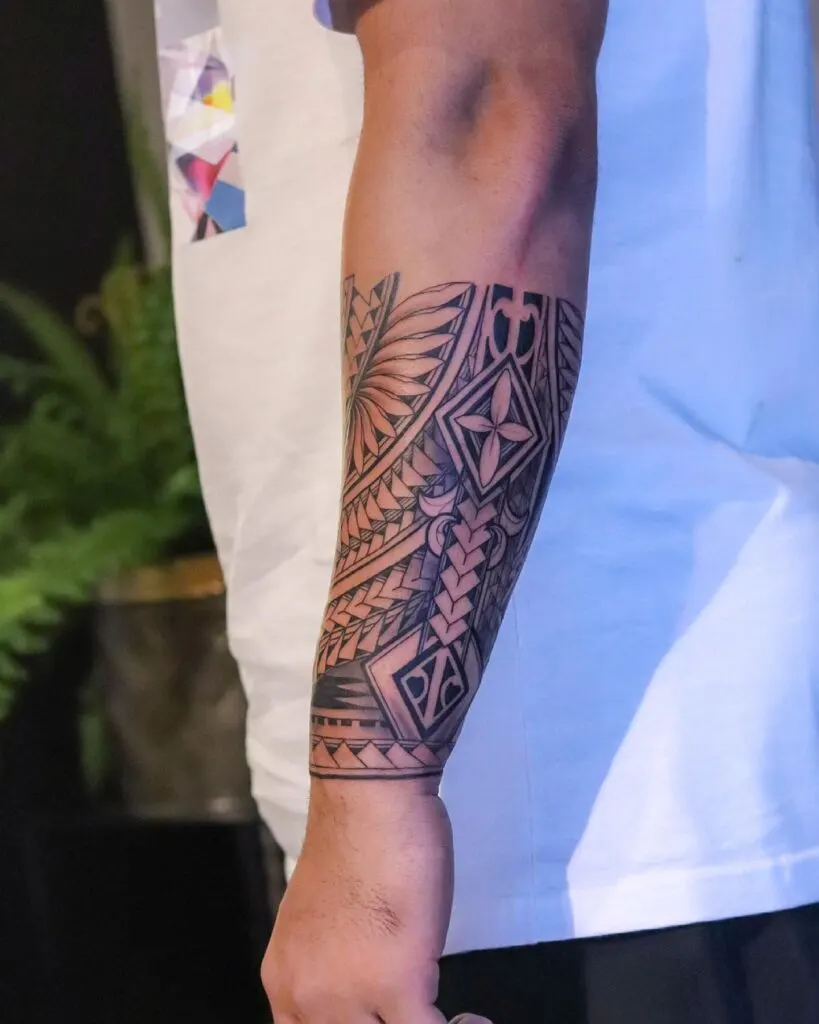
2. Japanese Irezumi Tattoo
Japanese Irezumi tattoos are a traditional form of body art that has been practiced for centuries in Japan, known for their intricate designs and deep cultural significance. Irezumi often feature mythical creatures like dragons and phoenixes, as well as natural elements like cherry blossoms and koi fish, each symbolizing different virtues such as strength, courage, and perseverance. These tattoos are typically large and colorful, covering significant portions of the body and created using a traditional hand-poking technique. Irezumi has historically been associated with the Yakuza, but they are increasingly appreciated as an art form, representing the wearer’s connection to Japanese culture and values.
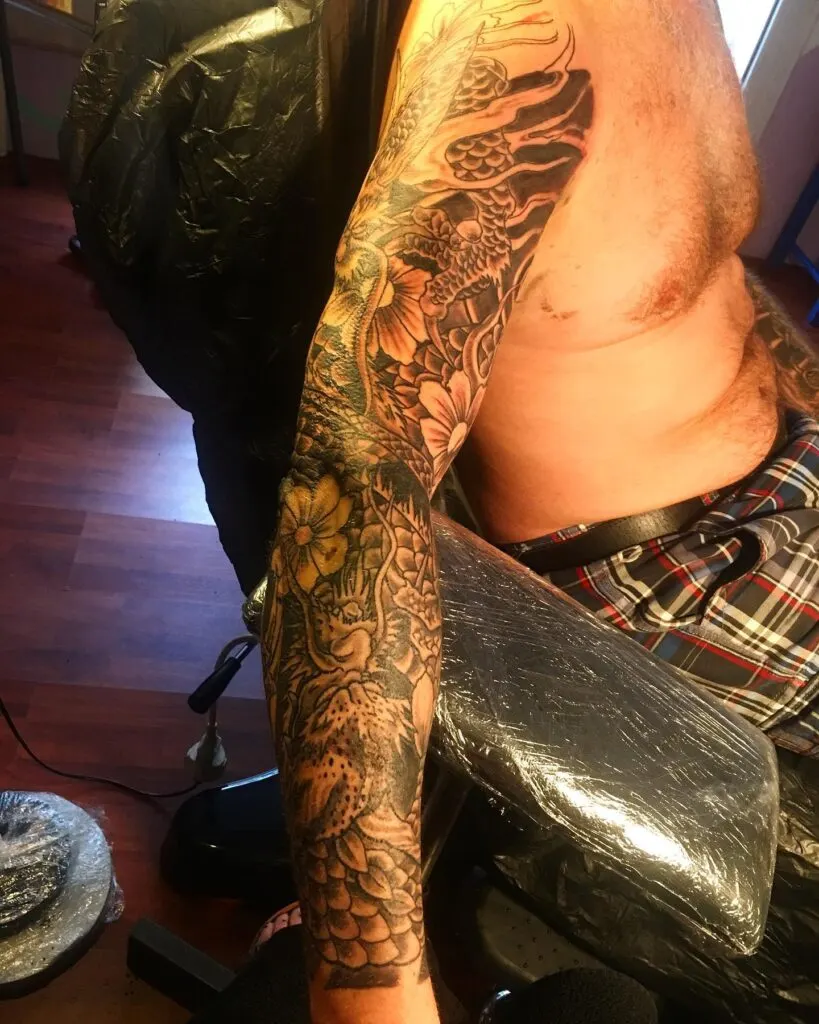
3. Celtic Knot Tattoo
Celtic knot tattoos are a popular choice for those of Celtic heritage or those who appreciate the intricate beauty and symbolism of ancient Celtic art. These tattoos feature endless loops and interwoven patterns, symbolizing eternity, interconnectedness, and the cyclical nature of life. The knots often represent themes of love, loyalty, and friendship, with different designs carrying specific meanings, such as the Trinity Knot, which signifies the Holy Trinity or the interconnectedness of mind, body, and spirit. Celtic knot tattoos are a timeless and meaningful way to celebrate one’s heritage or personal beliefs, reflecting the rich history and culture of the Celtic people.
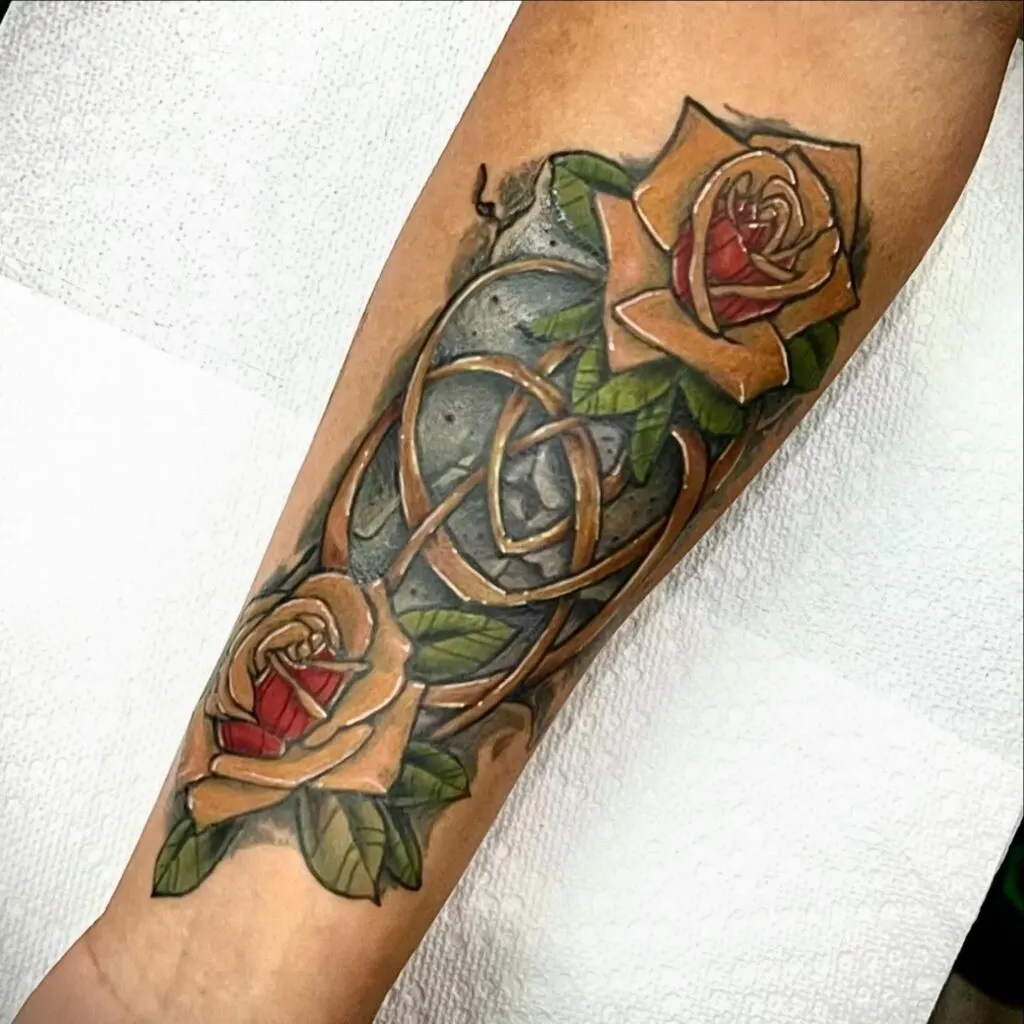
4. Henna Mehndi Tattoo
Henna Mehndi tattoos are a traditional form of temporary body art originating from South Asia, the Middle East, and North Africa, known for their intricate and beautiful designs. These tattoos are created using a natural dye made from the henna plant and are commonly applied during celebrations like weddings, festivals, and other special occasions. Mehndi designs often include floral patterns, paisleys, and symbolic motifs representing joy, beauty, and spiritual enlightenment. The temporary nature of henna makes it a versatile and non-permanent way to express one’s cultural heritage or adorn the body with stunning and meaningful art.
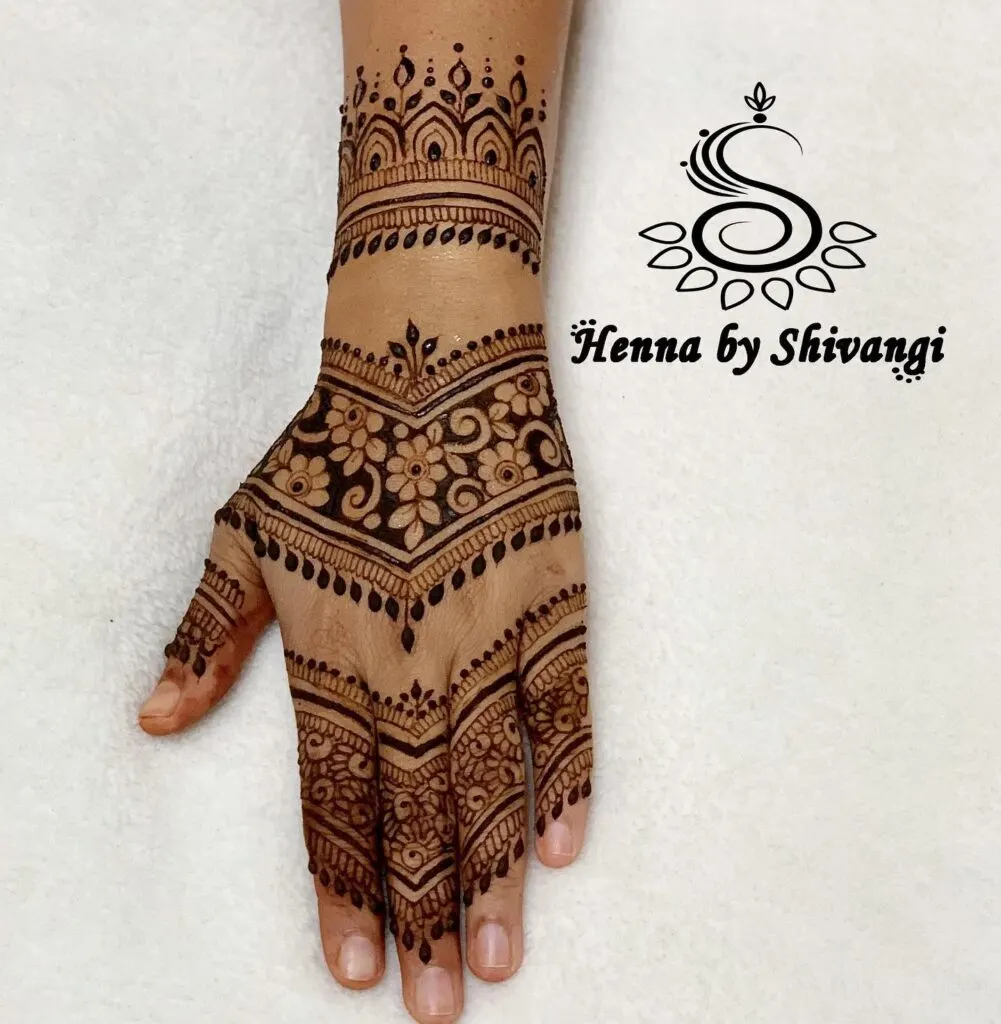
5. Polynesian Tattoo
Polynesian tattoos are an ancient form of body art deeply rooted in the cultures of the Pacific Islands, such as Samoa, Tonga, and Hawaii. These tattoos, also known as tatau, are characterized by bold geometric patterns and symbolic motifs representing the wearer’s ancestry, social status, and spiritual beliefs. Common symbols include turtles, sharks, and waves, each carrying specific meanings related to protection, strength, and connection to the sea. Polynesian tattoos are traditionally applied using a hand-tapping technique and are considered a rite of passage and a symbol of cultural identity, honoring the wearer’s connection to their heritage and the natural world.
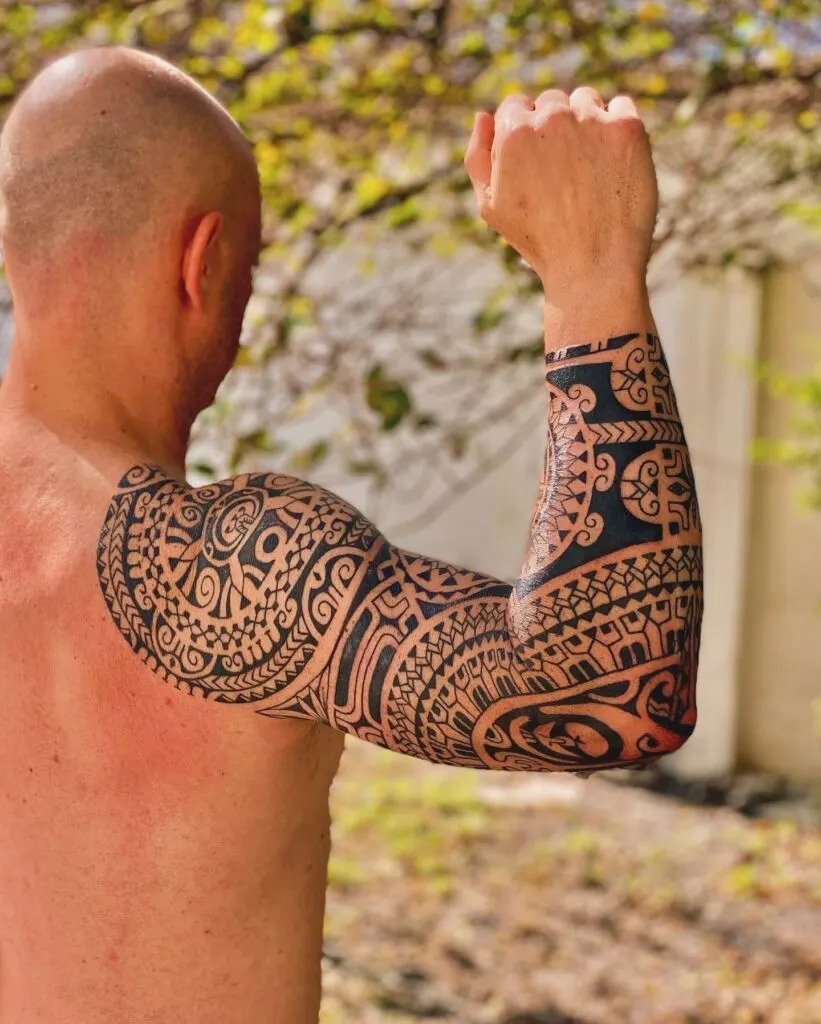
6. Native American Tribal Tattoo
Native American tribal tattoos are a meaningful expression of cultural identity and spirituality, featuring designs that reflect the beliefs and traditions of various indigenous tribes across North America. These tattoos often incorporate animals, such as eagles, wolves, and bears, as well as symbols like feathers, arrows, and dreamcatchers, each representing different aspects of nature, strength, and protection. Native American tattoos are deeply personal and are often used to tell stories, honor ancestors, or signify important life events. They serve as a powerful reminder of the wearer’s connection to their heritage and the spiritual beliefs of their people.
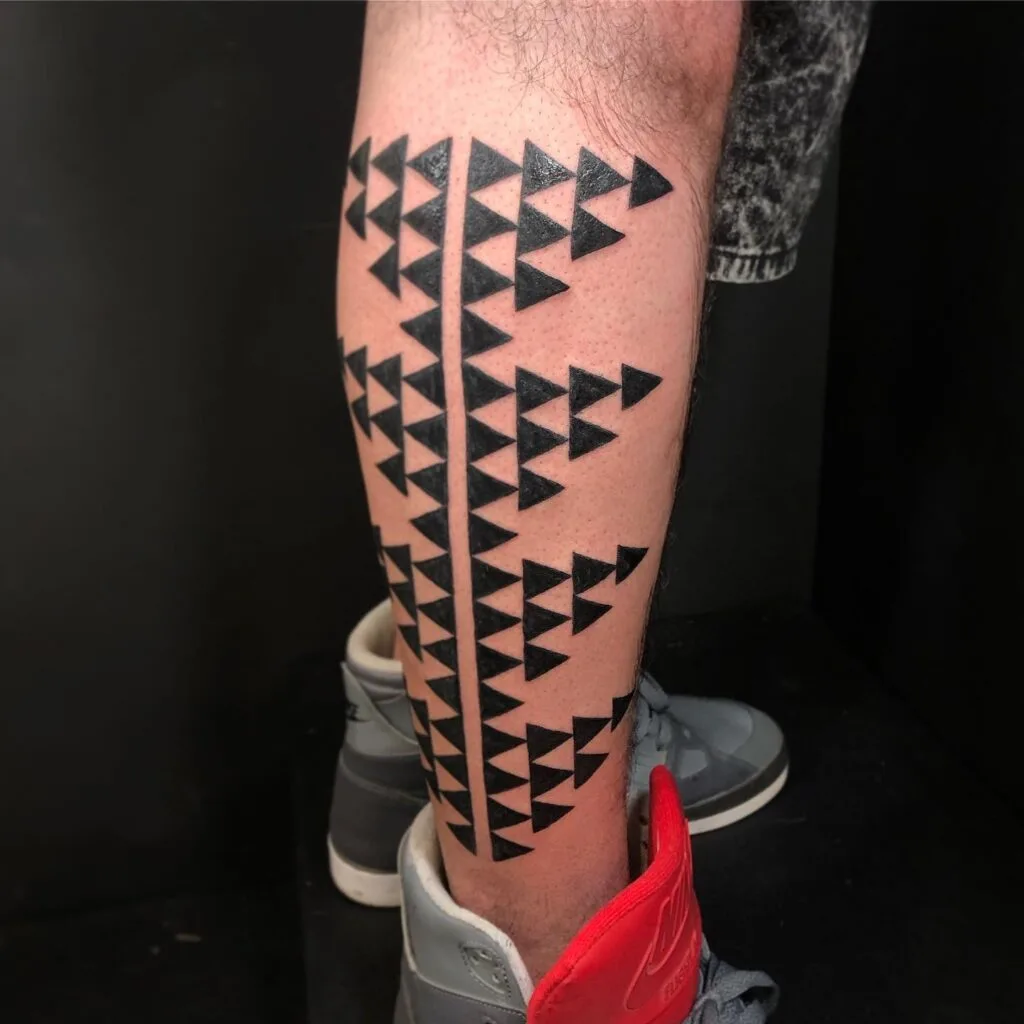
7. Norse Viking Tattoo
Norse Viking tattoos are inspired by the rich mythology and history of the Norse people, featuring symbols and designs that reflect their warrior culture and spiritual beliefs. Common motifs include the Valknut, a symbol of Odin associated with death and the afterlife, the Yggdrasil, the world tree representing the interconnectedness of life, and the Vegvisir, a compass symbol believed to guide travelers through difficult journeys. Viking tattoos often incorporate runes, which are ancient alphabets used for communication and magical purposes. These tattoos are a powerful representation of strength, courage, and resilience, honoring the wearer’s connection to Norse heritage and mythology.
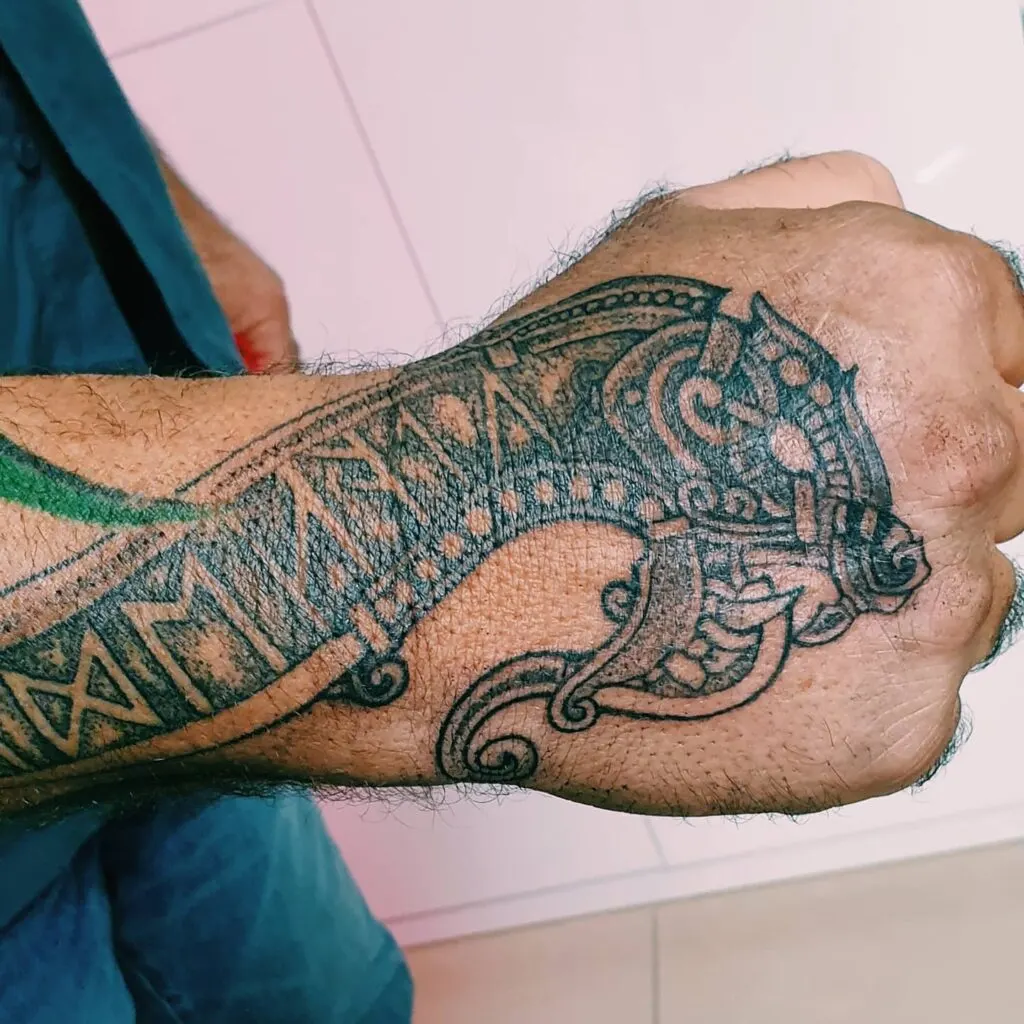
8. Thai Sak Yant Tattoo
Thai Sak Yant tattoos are a traditional form of spiritual and protective body art, created by Buddhist monks or Ajarn masters in Thailand. These tattoos are believed to offer blessings, protection, and good fortune to the wearer, combining intricate designs with sacred mantras and symbols. Common motifs include animals like tigers and elephants, as well as geometric patterns and ancient script. Sak Yant tattoos are applied using a traditional hand-poking technique, often in a ceremonial setting, to ensure the transfer of spiritual energy. These tattoos are a powerful expression of faith and a testament to the wearer’s connection to Thai culture and spirituality.
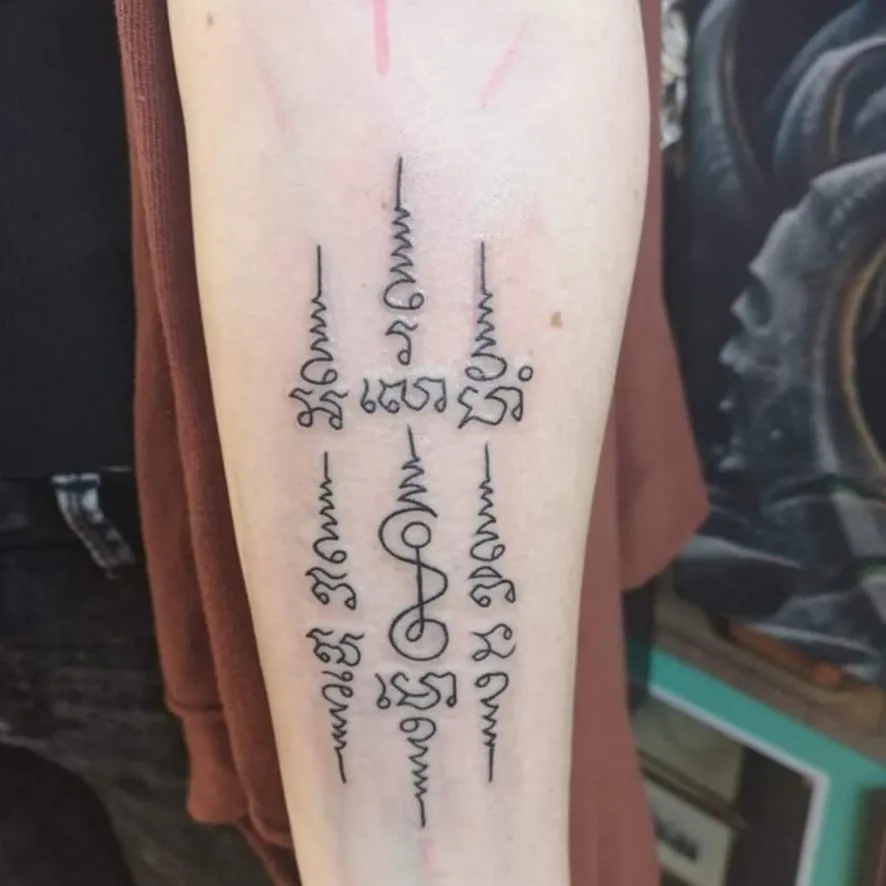
soulofasia.gallery
9. Indian Tribal Tattoo
Indian tribal tattoos are a form of body art practiced by various indigenous tribes across India, each with its unique designs and cultural significance. These tattoos often feature geometric patterns, symbols of nature, and motifs representing tribal identity, spirituality, and social status. In many tribes, tattoos are used as rites of passage, markers of beauty, or protective talismans. Indian tribal tattoos are deeply rooted in tradition and serve as a testament to the wearer’s connection to their ancestral heritage and the cultural beliefs of their people. They are a vibrant expression of identity, honoring the history and customs of India’s diverse tribal communities.
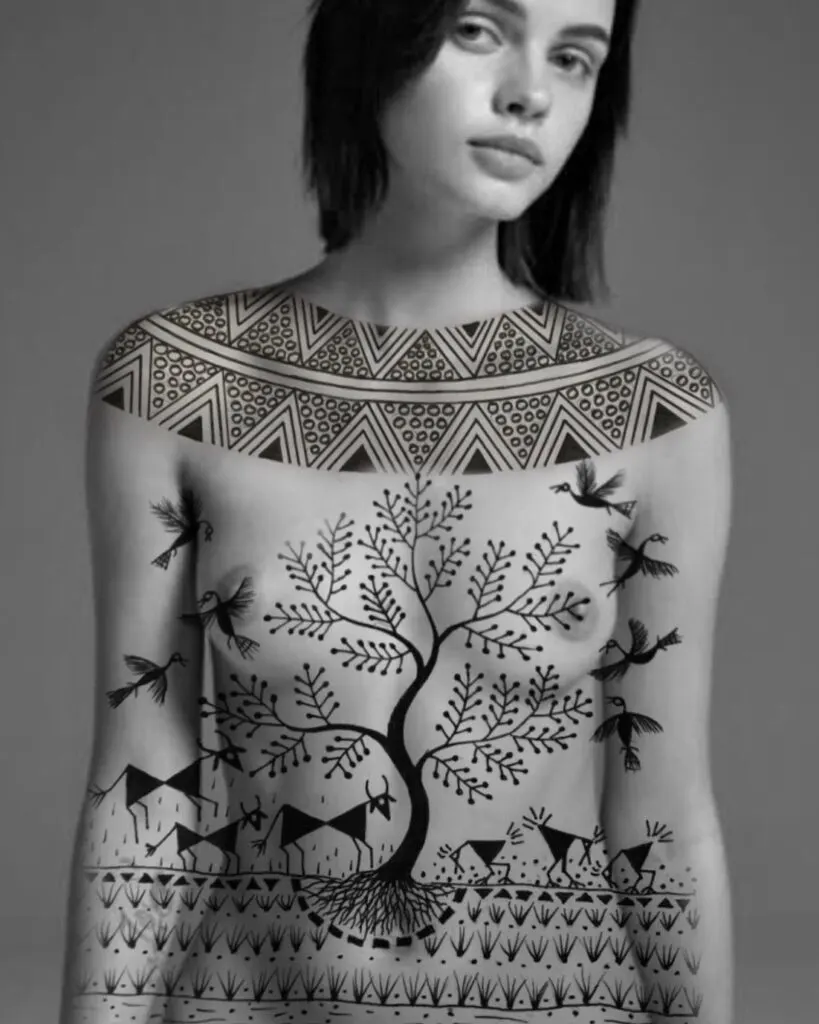
10. Aztec Tattoo
Aztec tattoos are inspired by the rich history and mythology of the ancient Aztec civilization, featuring intricate designs and symbols that reflect their beliefs and cultural values. Common motifs include the sun, representing the god Tonatiuh, the serpent, symbolizing wisdom and fertility, and the eagle, a symbol of power and strength. Aztec tattoos often incorporate patterns and elements from Aztec art, such as geometric shapes and detailed line work. These tattoos are a powerful representation of the wearer’s connection to Aztec heritage and the spiritual beliefs of this ancient civilization, celebrating the strength and resilience of the Aztec people.
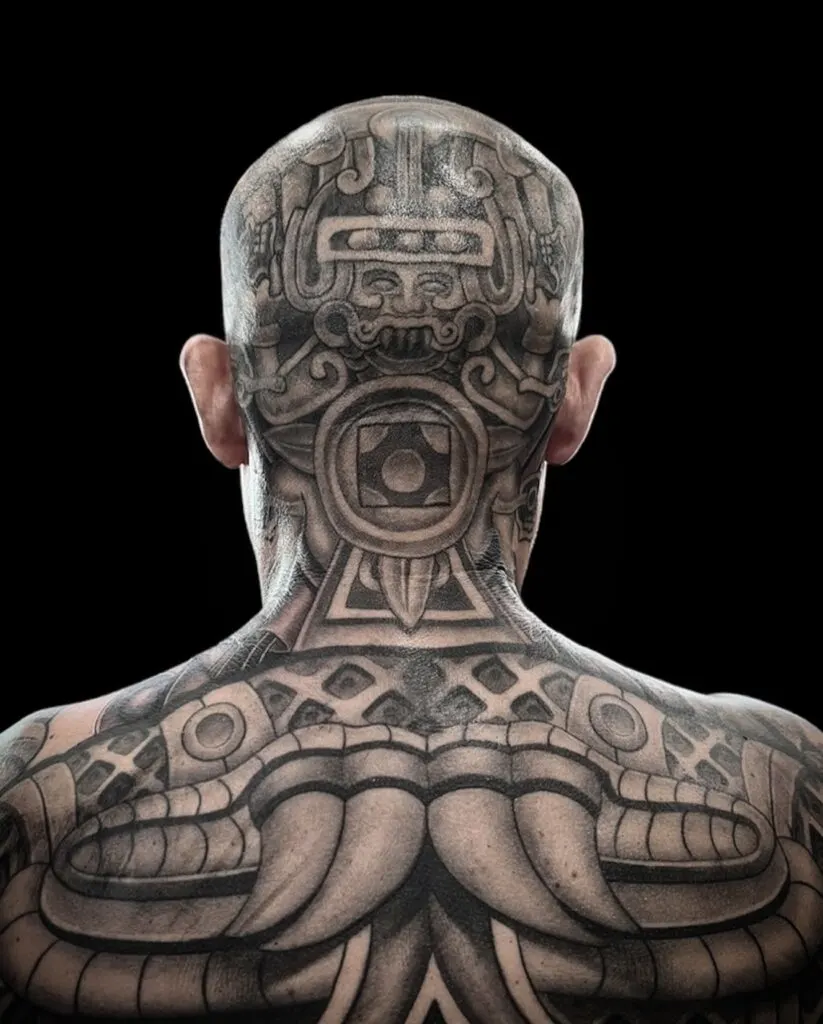
11. Hawaiian Tribal Tattoo
Hawaiian tribal tattoos are a traditional form of body art deeply rooted in the culture and history of the Hawaiian Islands. These tattoos, also known as kakau, feature bold geometric patterns and symbolic motifs representing the wearer’s ancestry, social status, and connection to the natural world. Common symbols include turtles, sharks, and waves, each carrying specific meanings related to protection, strength, and the sea. Hawaiian tattoos are traditionally applied using a hand-tapping technique and are considered a rite of passage and a symbol of cultural identity, honoring the wearer’s connection to their heritage and the land.
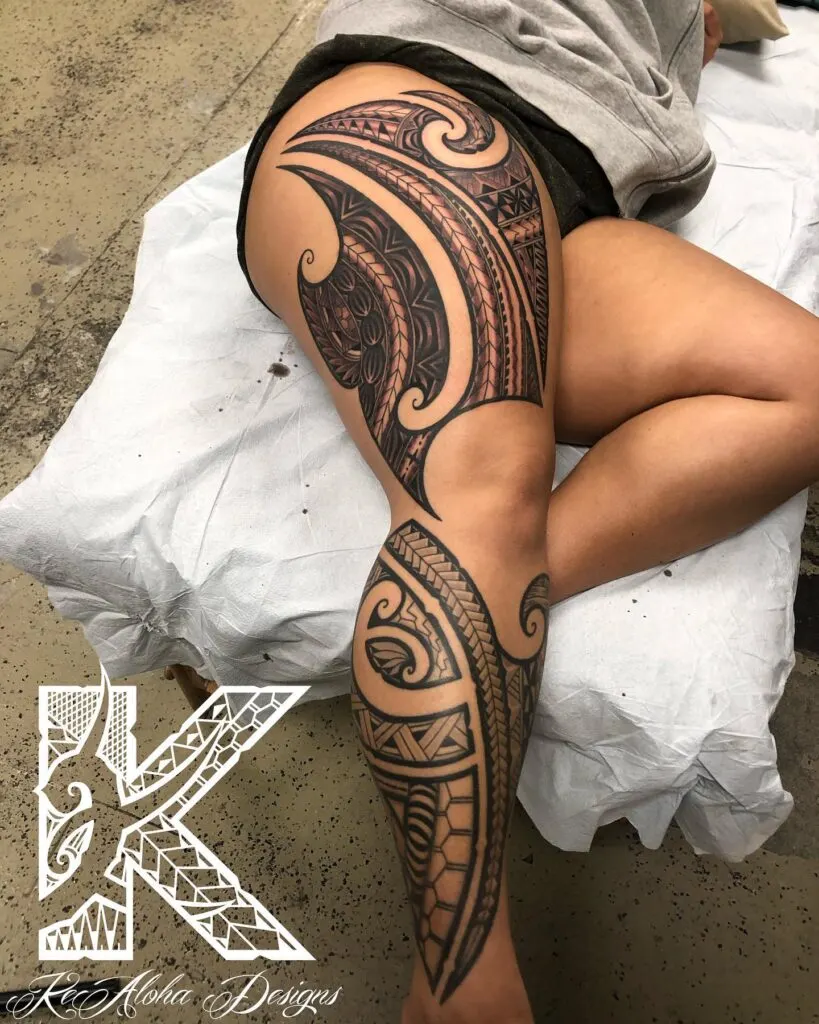
12. Filipino Tribal Tattoo
Filipino tribal tattoos, also known as batok, are a traditional form of body art practiced by various indigenous tribes in the Philippines. These tattoos feature intricate patterns and symbolic motifs representing the wearer’s ancestry, social status, and spiritual beliefs. Common designs include geometric shapes, animals, and nature-inspired elements, each carrying specific meanings related to strength, protection, and identity. Filipino tattoos are traditionally applied using a hand-tapping technique and are considered a rite of passage and a symbol of cultural identity, honoring the wearer’s connection to their heritage and the traditions of their people.
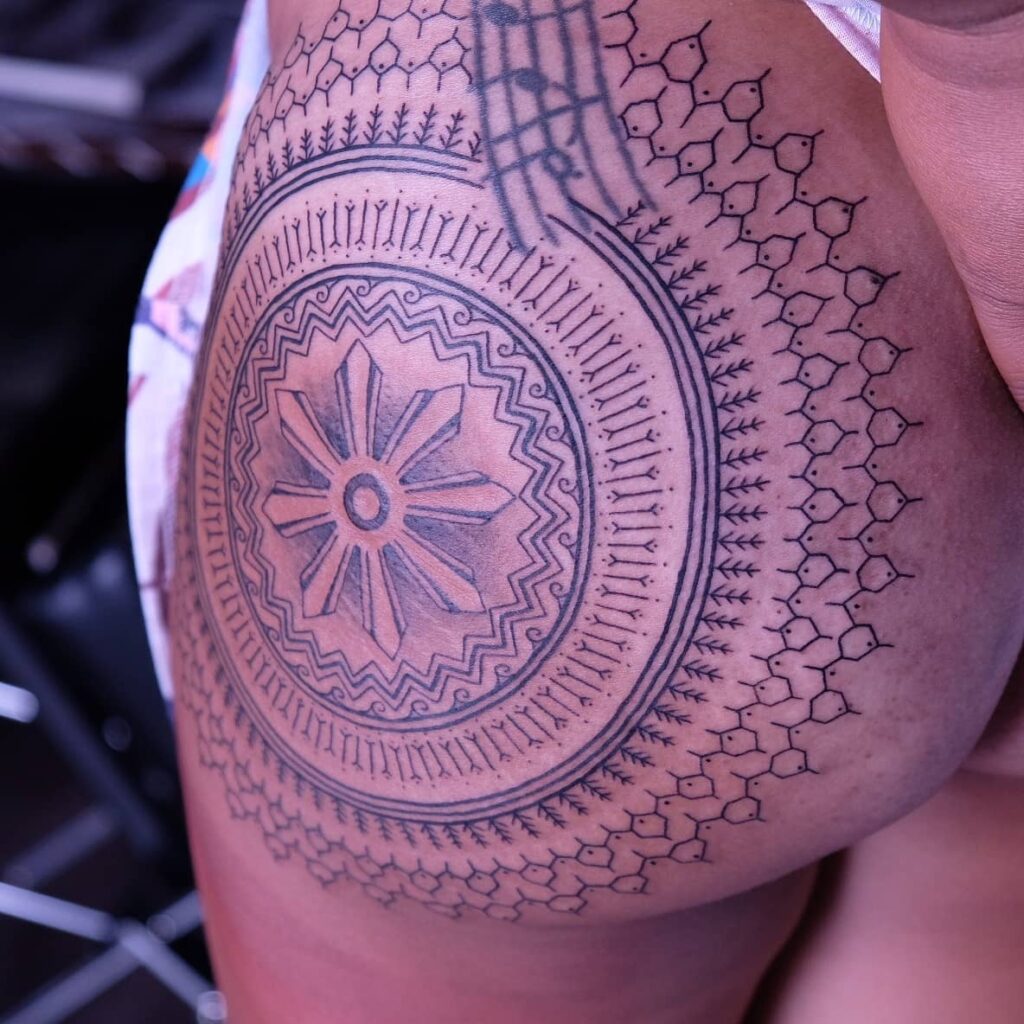
13. Chinese Dragon Tattoo
Chinese dragon tattoos are inspired by the rich mythology and symbolism of the dragon in Chinese culture, representing power, strength, and good fortune. The dragon is considered a symbol of authority and protection, often associated with the emperor and the heavens. Chinese dragon tattoos feature intricate designs with flowing lines and vibrant colors, reflecting the grace and majesty of this mythical creature. These tattoos are a powerful representation of the wearer’s connection to Chinese heritage and the spiritual beliefs of the culture, celebrating the strength and resilience of the dragon and its role as a protector and bringer of good luck.
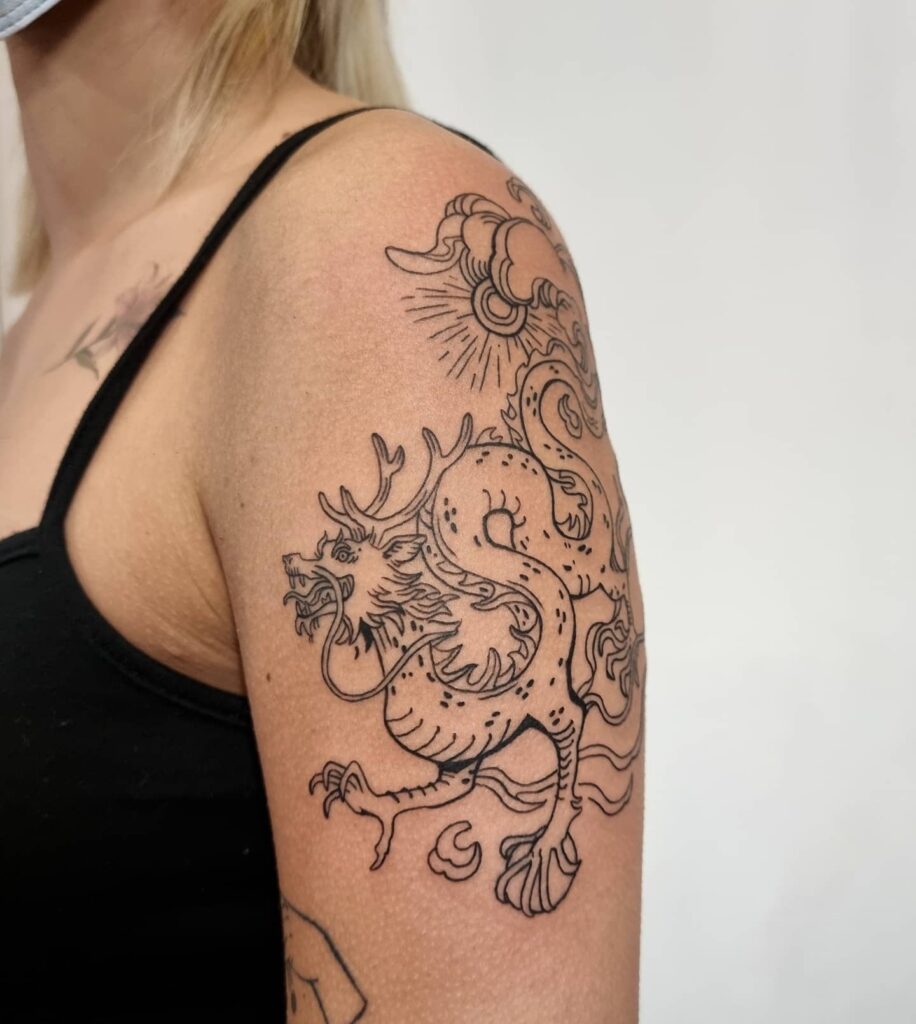
14. African Tribal Tattoo
African tribal tattoos are a form of body art practiced by various indigenous tribes across the African continent, each with its unique designs and cultural significance. These tattoos often feature geometric patterns, symbols of nature, and motifs representing tribal identity, spirituality, and social status. In many tribes, tattoos are used as rites of passage, markers of beauty, or protective talismans. African tribal tattoos are deeply rooted in tradition and serve as a testament to the wearer’s connection to their ancestral heritage and the cultural beliefs of their people. They are a vibrant expression of identity, honoring the history and customs of Africa’s diverse tribal communities.
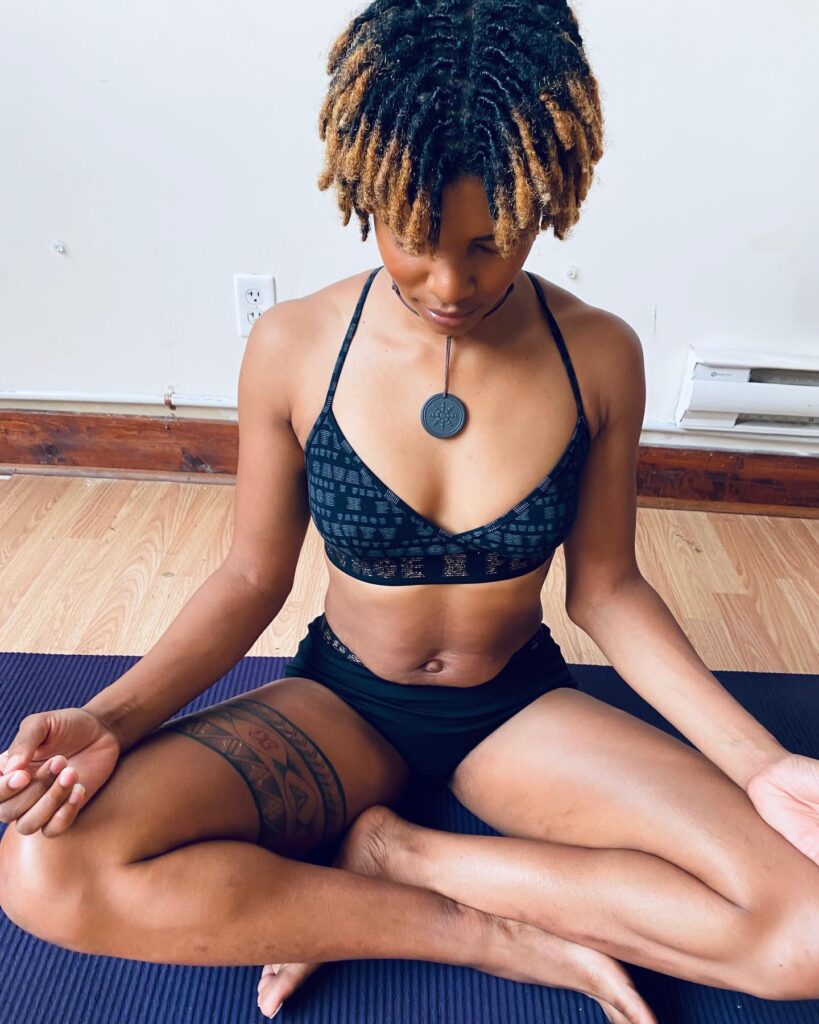
15. Mayan Tattoo
Mayan tattoos are inspired by the rich history and mythology of the ancient Mayan civilization, featuring intricate designs and symbols that reflect their beliefs and cultural values. Common motifs include the sun, representing the god Kinich Ahau, the jaguar, symbolizing power and the underworld, and the feathered serpent, a symbol of wisdom and fertility. Mayan tattoos often incorporate patterns and elements from Mayan art, such as geometric shapes and detailed line work. These tattoos are a powerful representation of the wearer’s connection to Mayan heritage and the spiritual beliefs of this ancient civilization, celebrating the strength and resilience of the Mayan people.

16. Russian Prison Tattoo
Russian prison tattoos are a form of body art that originated in the Russian penal system, serving as a coded language and a means of conveying the wearer’s criminal history, affiliations, and rank. These tattoos often feature symbols and motifs with specific meanings, such as stars representing authority and power, barbed wire indicating a life sentence, and daggers symbolizing a criminal past. Russian prison tattoos are deeply rooted in the culture and traditions of the underworld, reflecting the wearer’s identity and status within the prison hierarchy. They are a powerful and often controversial expression of identity, revealing the complexities of life within the Russian penal system.

Russian Prison Tattoo
17. Inuit Tattoo
Inuit tattoos are a traditional form of body art practiced by the indigenous peoples of the Arctic regions, including Alaska, Canada, and Greenland. These tattoos feature intricate patterns and symbolic motifs representing the wearer’s ancestry, social status, and spiritual beliefs. Common designs include lines, dots, and nature-inspired elements, each carrying specific meanings related to protection, strength, and identity. Inuit tattoos are traditionally applied using a hand-poking technique and are considered a rite of passage and a symbol of cultural identity, honoring the wearer’s connection to their heritage and the traditions of their people.
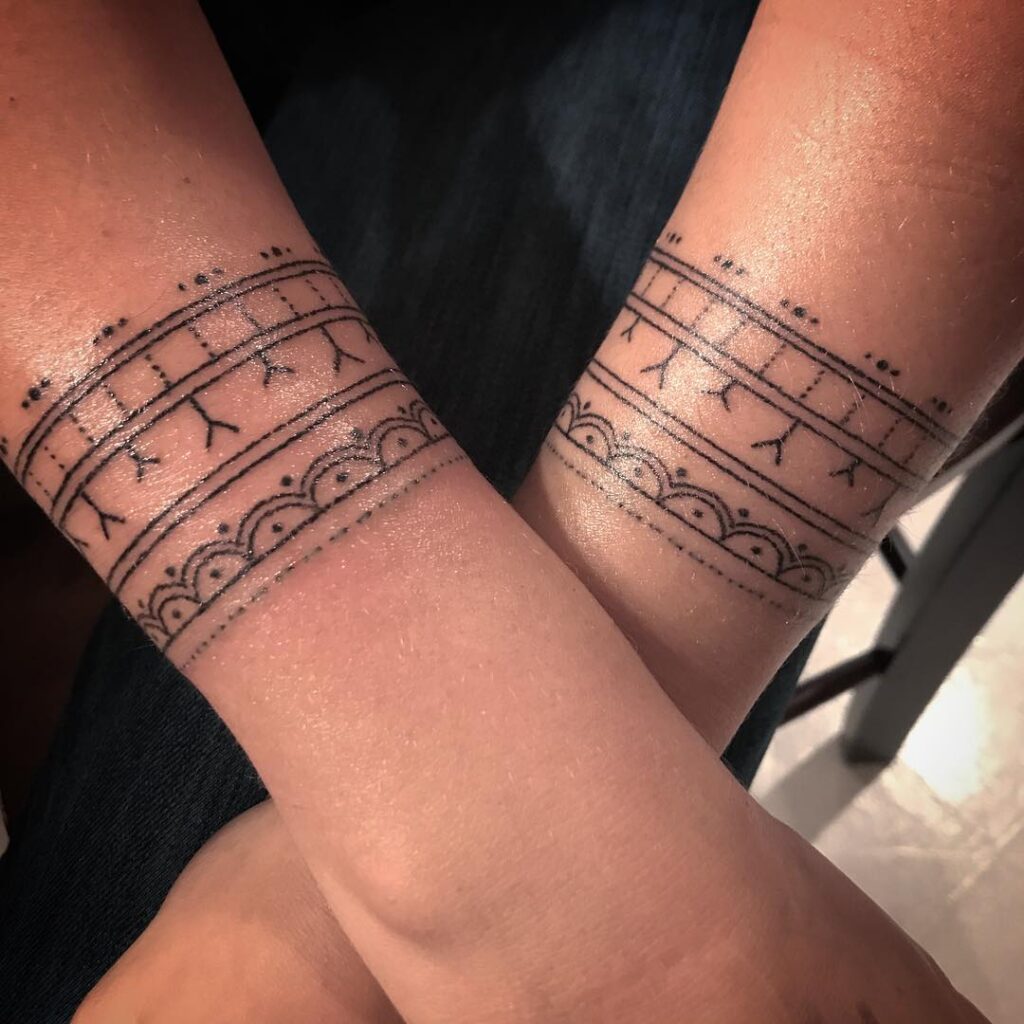
18. Indian Mehndi Tattoo
Indian Mehndi tattoos are a traditional form of temporary body art originating from South Asia, known for their intricate and beautiful designs. These tattoos are created using a natural dye made from the henna plant and are commonly applied during celebrations like weddings, festivals, and other special occasions. Mehndi designs often include floral patterns, paisleys, and symbolic motifs representing joy, beauty, and spiritual enlightenment. The temporary nature of henna makes it a versatile and non-permanent way to express one’s cultural heritage or adorn the body with stunning and meaningful art.
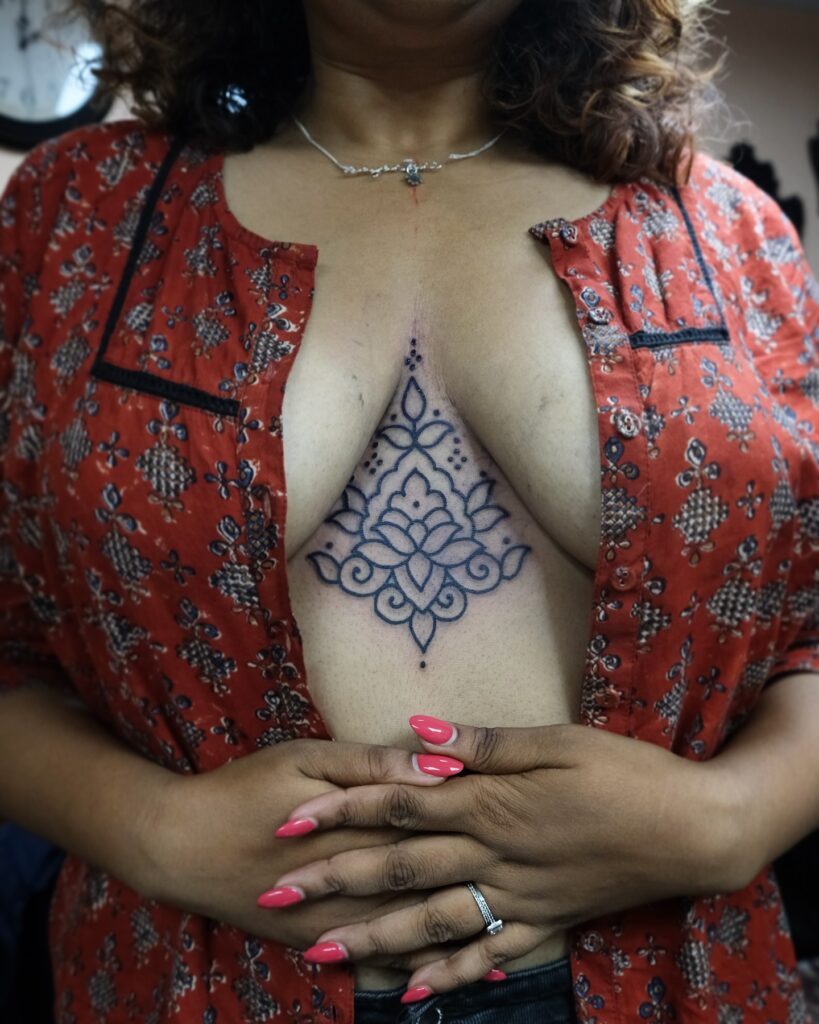
heather_tattooer
19. Greek Mythology Tattoo
Greek mythology tattoos are inspired by the rich mythology and history of ancient Greece, featuring designs that reflect the beliefs and cultural values of the time. Common motifs include gods and goddesses like Zeus, Athena, and Aphrodite, as well as mythological creatures like centaurs, sirens, and the Minotaur. Greek mythology tattoos often incorporate elements from ancient Greek art, such as geometric shapes and detailed line work. These tattoos are a powerful representation of the wearer’s connection to Greek heritage and the spiritual beliefs of the culture, celebrating the strength and resilience of the gods and their role in shaping the world.
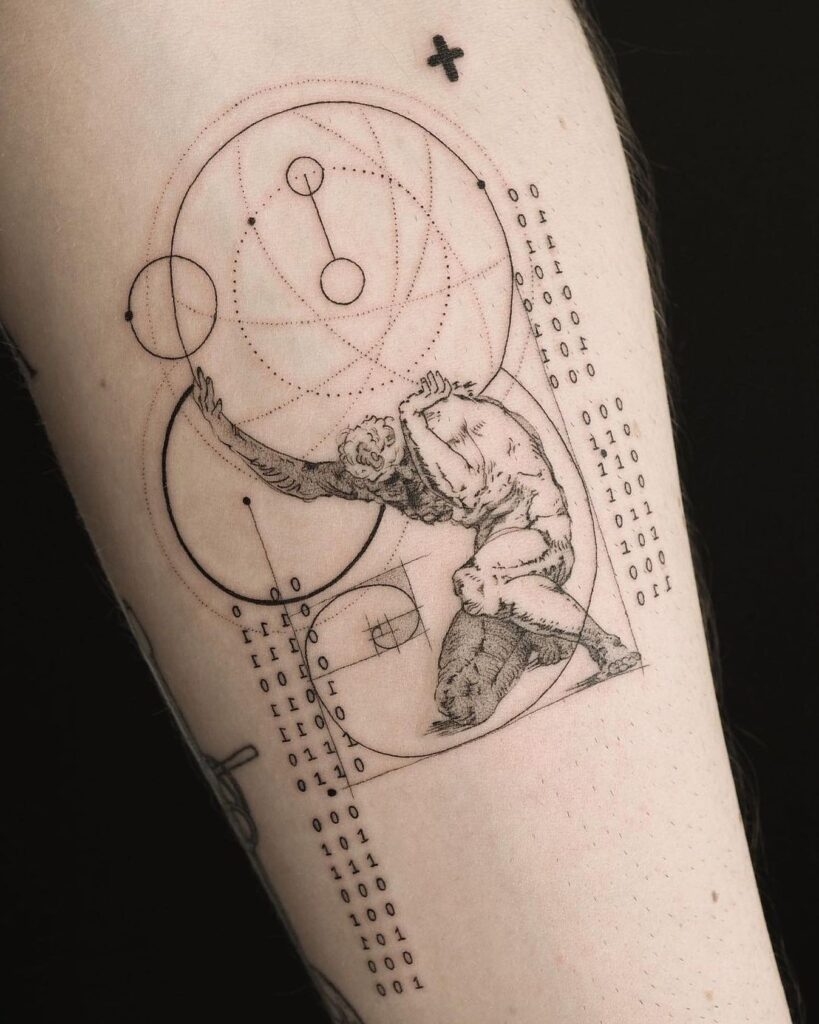
20. Egyptian Hieroglyphic Tattoo
Egyptian hieroglyphic tattoos are inspired by the ancient writing system of the Egyptian civilization, featuring symbols and motifs that reflect the beliefs and cultural values of the time. Common designs include the Eye of Horus, symbolizing protection and healing, the Ankh, representing life and immortality, and the Scarab, a symbol of rebirth and transformation. Egyptian tattoos often incorporate elements from ancient Egyptian art, such as geometric shapes and detailed line work. These tattoos are a powerful representation of the wearer’s connection to Egyptian heritage and the spiritual beliefs of the culture, celebrating the strength and resilience of the ancient Egyptian people.